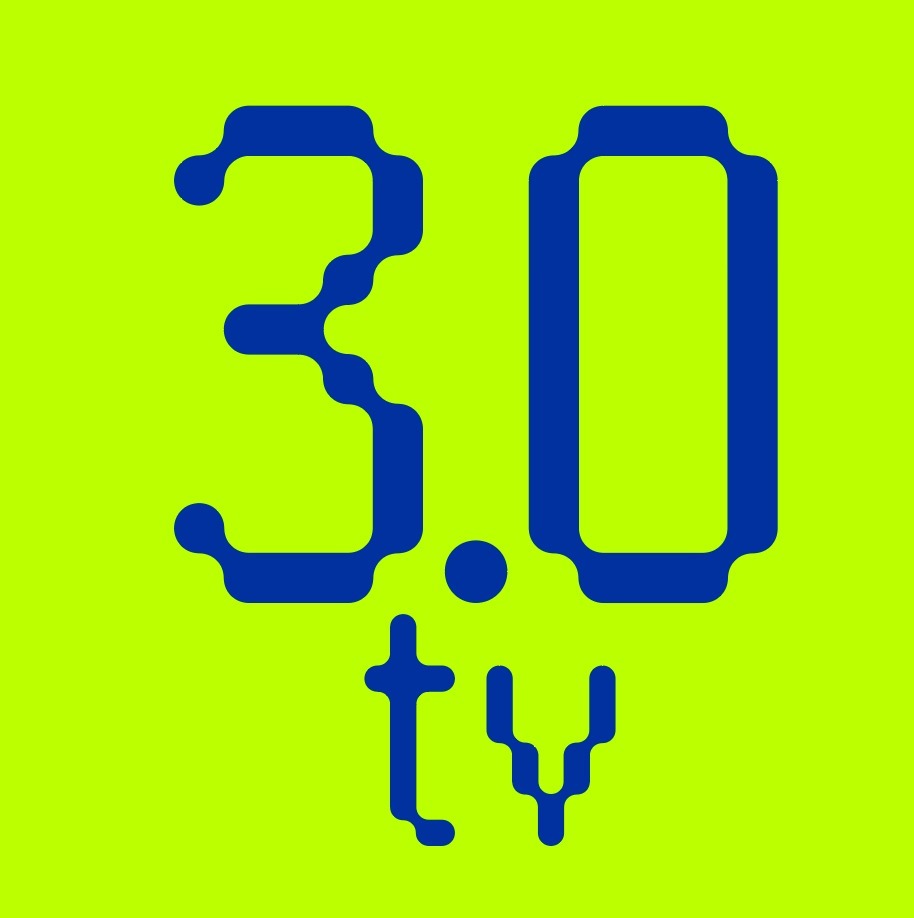You need to login in order to Like
AI in Education Industry
By Vishakha Thakur
A piece of chalk, duster and a blackboard-that’s how traditional education looked like. And now, students can interact with AI-Robot teachers who can answer all their queries. The time has changed and so does the education system.
But what has had a big impact in redefining the educational system?
It’s all due to the rise of new technologies like artificial intelligence.
AI undoubtedly plays a significant part in one’s daily life and several industries.
In this article, let’s understand how AI can serve to be beneficial for the Education industry.
How can AI impact the education sector?
There are diverse ways people use AI in the education sector.
● Simplifying Administrative Tasks
● Increased Universal Learning
● Personalised Learning Experience
● AI in Teaching
Personalised Teaching: It becomes difficult for a teacher to provide the same degree of attention and concern to all students in their classroom. However, with the use of AI in education, teachers can now better meet the needs of individual students. The adaptive learning system assists students with personalised exam questions or assignments; each student receives the same study material according to their skills.
Simplifying Tasks: AI in EdTech simplifies administrative work, allowing staff to focus on lesson design. Furthermore, administrative workers employ AI to help them organise paperwork and admissions.
Increased Learning: Students have varying learning skills, but they also come from diverse backgrounds and have distinct requirements. AI in the classroom allows kids from native locations, difficulties, or impairments to learn more readily.
What are the benefits of using AI in education?
Tutoring & Grading: In the era of the EdTech revolution, AI in teaching aids in understanding a student’s learning style and prior knowledge. AI in education can also help teachers grade tests and measure their students’ learning abilities, in addition to curating custom study materials.
Feedback on Study Material: It is one of the most significant advantages of AI in education. Assume numerous students are answering the same question poorly; AI can narrow down the topics pupils are lacking, allowing faculty to deliver particular content.
Chatbots & virtual assistants: AI-powered chatbots and virtual assistants are critical for improving students’ learning experiences. These sophisticated devices provide prompt assistance, guiding students through homework assignments, answering questions, and providing vital feedback. These technologies provide help beyond conventional class schedules by being available around the clock, catering to students’ needs at all times.
Curriculum planning
Curriculum planning can be made a lot easier by assessing educational data to discover different patterns and gaps in learning results. As per changing educational standards, it can offer curriculum changes and alterations based on real-time insights.
Interactive & learning games
AI can help interactive and instructional games that provide engaging learning experiences. It uses AI algorithms, natural language processing, and machine learning to create intriguing plots, adapt narratives based on user interactions, and give targeted insights.
Smart Content Creation
AI and machine learning are valuable tools in education, assisting educators and researchers in creating innovative content for seamless teaching and learning.
How are schools & universities across the globe using AI?
Students and teachers clearly use AI for a number of purposes, including brainstorming, writing, programming, and much more. It opens up new possibilities for exploring topics and seeking assistance, but it also offers shortcuts.
New large language model generative AI systems outperform average students on most standardised tests, often scoring in the top tenth or even one percentile. This is prompting school systems to reassess traditional forms of evaluation, resulting in advances in how learning is measured. In other words, it’s about reimagining how we learn and teach, and thus how kids are taught and encouraged to prioritise.
You need to login in order to Like


















